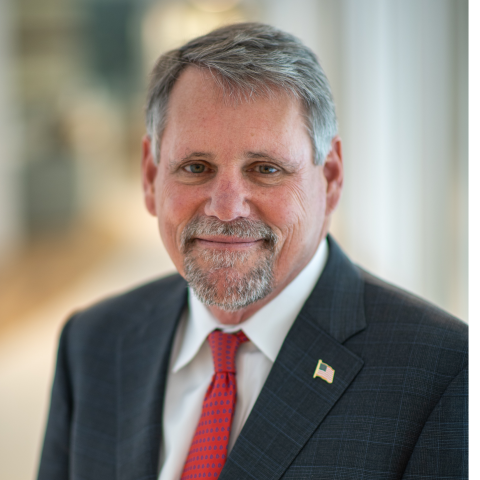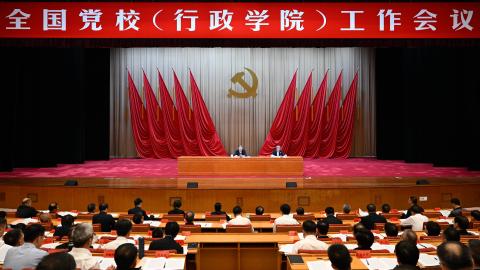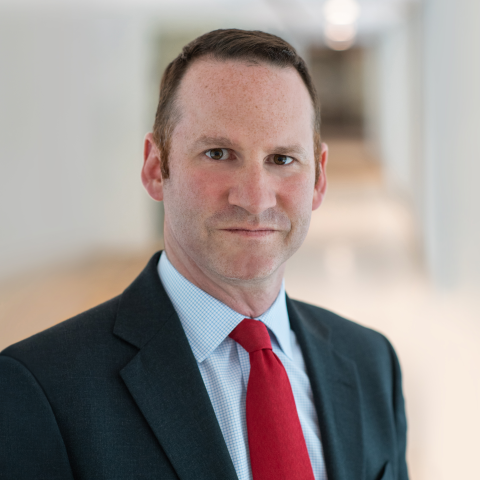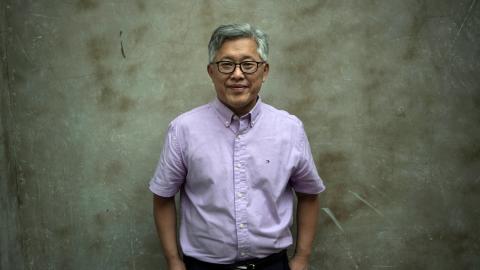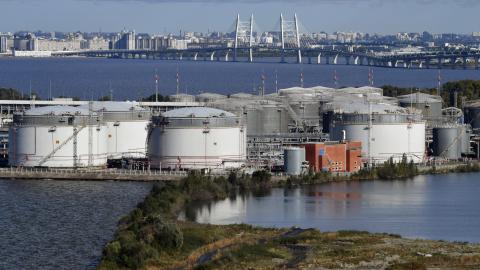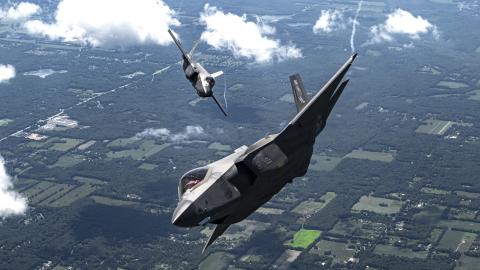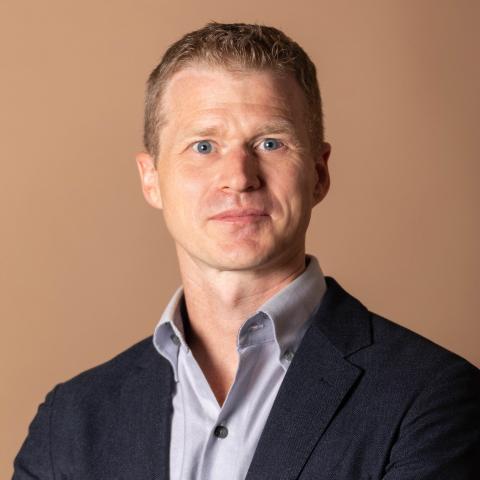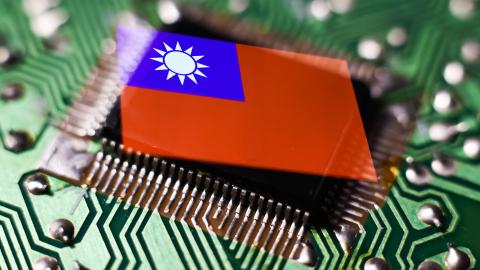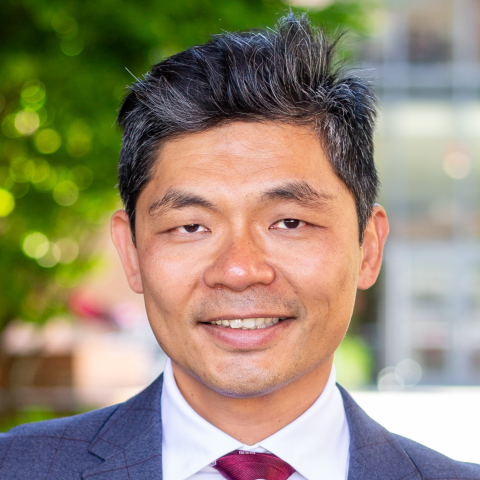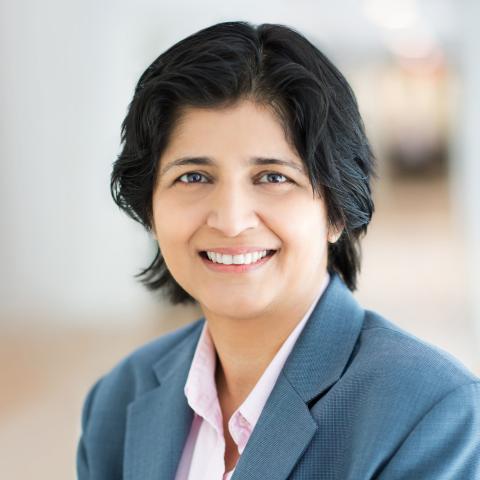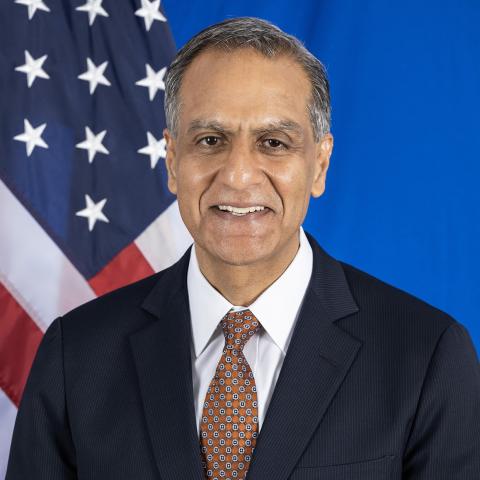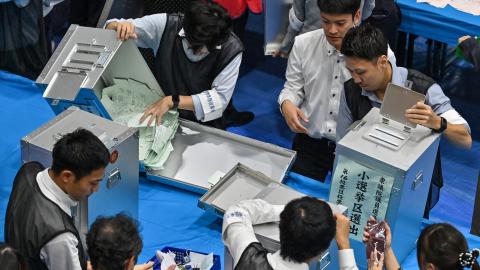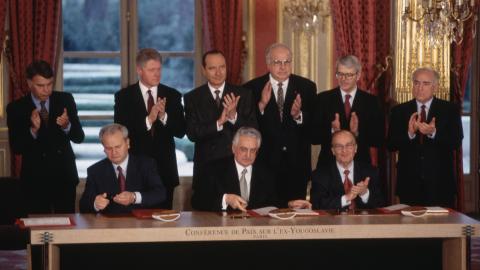
16
September 2024
Past Event
Motwani Jadeja US-India Dialogue Series | The United States and India: Milestones Reached and the Pathway Ahead
Motwani Jadeja US-India Dialogue Series | The United States and India: Milestones Reached and the Pathway Ahead
Past Event
Hudson Institute
September 16, 2024
Share:
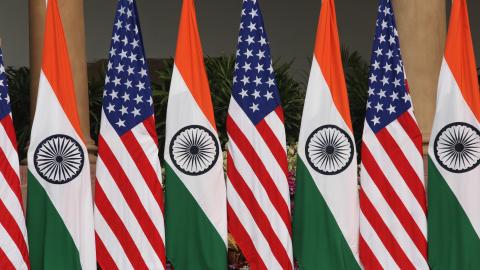
Caption
Flags on display at Hyderabad House during the India and United States of America Summit meeting on February 25, 2020. (Pallava Bagla/Corbis via Getty Images)
Related Events
07
November 2025
In-Person Event | Hudson Institute
Investing in the US-Japan Alliance: Issues and Solutions for the $550 Billion Investment Fund
Featured Speakers:
William Chou
Jennifer Thomas
Quynh Tran
Teruko Wada
Eric Wilkinson
Moderator:
Kenneth R. Weinstein

07
November 2025
In-Person Event | Hudson Institute
Investing in the US-Japan Alliance: Issues and Solutions for the $550 Billion Investment Fund
To further explore the fund and its allocation, Hudson Institute’s Japan Chair will host an event featuring two panels with financial, industrial, and policy experts.

Featured Speakers:
William Chou
Jennifer Thomas
Quynh Tran
Teruko Wada
Eric Wilkinson
Moderator:
Kenneth R. Weinstein
10
November 2025
In-Person Event | Hudson Institute
The Future of US–Central Asia Relations
Featured Speakers:
Ambassador Magzhan Ilyassov
Ambassador (ret.) Matthew Bryza
Ambassador (ret.) John E. Herbst
Efgan Nifti
Joel Scanlon
S. Frederick Starr
Moderator:
Luke Coffey

10
November 2025
In-Person Event | Hudson Institute
The Future of US–Central Asia Relations
At Hudson, a panel of experts will discuss the future of US engagement in Central Asia and opportunities to deepen cooperation.

Featured Speakers:
Ambassador Magzhan Ilyassov
Ambassador (ret.) Matthew Bryza
Ambassador (ret.) John E. Herbst
Efgan Nifti
Joel Scanlon
S. Frederick Starr
Moderator:
Luke Coffey
13
November 2025
In-Person Event | Hudson Institute
The Fourth Intelligence Revolution: Anthony Vinci on AI, Geopolitics, and the Future of Espionage
Featured Speakers:
Anthony Vinci
Nadia Schadlow
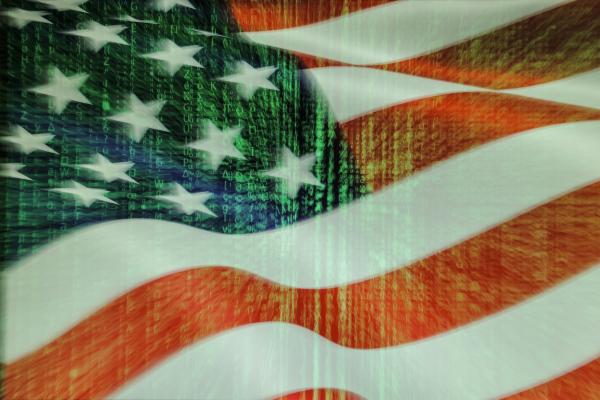
13
November 2025
In-Person Event | Hudson Institute
The Fourth Intelligence Revolution: Anthony Vinci on AI, Geopolitics, and the Future of Espionage
Join Hudson Senior Fellow Nadia Schadlow for a wide ranging discussion with Vinci on the book’s findings and the future of intelligence operations.
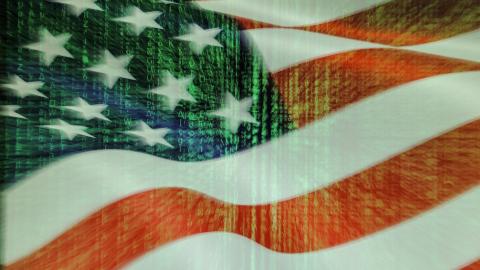
Featured Speakers:
Anthony Vinci
Nadia Schadlow
05
November 2025
Past Event
The Limits of Autonomy: How Beijing Exploits Hong Kong’s Special Status
Featured Speakers:
Thomas Benson
Joey Siu
John Dotson
Thomas Kellogg
Moderator:
Michael Sobolik

05
November 2025
Past Event
The Limits of Autonomy: How Beijing Exploits Hong Kong’s Special Status
Join Senior Fellow Michael Sobolik and an expert panel for a discussion about a new report from Hong Kong Watch on the state of Hong Kong and how US policymakers can close the loopholes Beijing exploits.

Featured Speakers:
Thomas Benson
Joey Siu
John Dotson
Thomas Kellogg
Moderator:
Michael Sobolik
